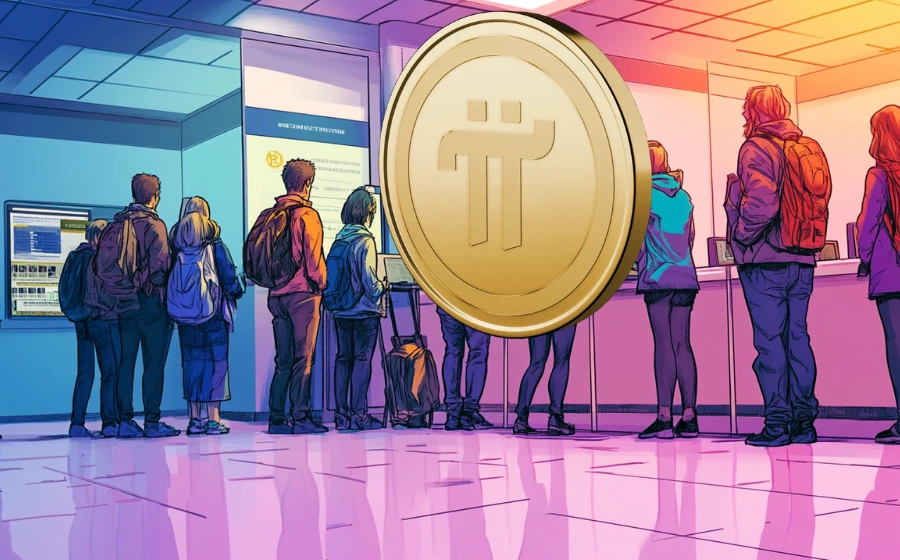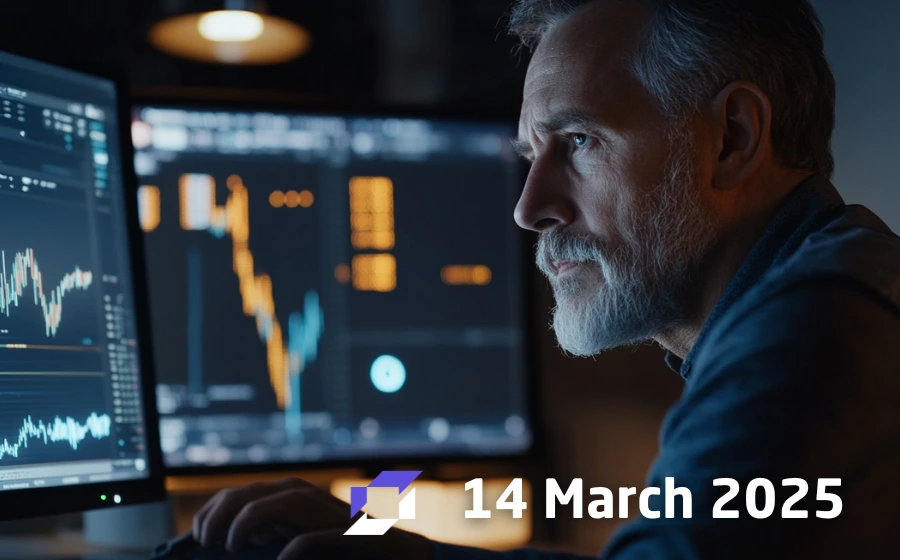
KEYTAKEAWAYS
- Institutional giants Bitmine and SharpLink trade below the value of their ETH holdings, signaling market distrust and fear of further crypto downside.
- Binance co-founder He Yi reminds investors that every Bitcoin crash sparks fear, yet each cycle brings new winners. Panic exits, patience pays.
- The U.S. government shutdown hits a record 36 days, exposing centralized system fragility and strengthening the case for decentralized blockchain governance.

CONTENT

BITMINE AND SHARPLINK MNAV ARE BOTH BELOW 1
On November 5, data from strategicethreserve showed that Bitmine (BMNR) ranked first among Ethereum institutional holders. It holds about 3.4 million ETH, worth about $11.32 billion. Its holdings grew 20% in the last 30 days. The average cost is $4,037 per ETH, with an unrealized loss of about $2.4 billion.
SharpLink (SBET) ranked second. It holds 860,000 ETH, worth about $2.86 billion. Its holdings grew 2.5% in the last 30 days. The average cost is $3,609 per ETH, with an unrealized loss of about $170 million.
Notably, the mNAV (market cap / net asset value) for the two firms is now 0.99 and 0.87. Bitmine’s market cap is $11.236 billion. SharpLink’s market cap is $2.297 billion. Both are below the value of their ETH holdings.
The key metric mNAV is less than 1 for both firms. This is a very important signal. It means the market values the companies below their spot ETH holdings. This often reflects several concerns: first, weak confidence in management execution and in other business value; second, the belief that there is large liquidation risk (for example, selling could hit the market); third, an expectation that ETH may fall further, shrinking assets. This discount suggests the market sees holding these stocks as worse than holding ETH directly.
HE YI: IN EVERY CYCLE, SOME PEOPLE LEAVE IN DISAPPOINTMENT
On November 5, Binance co-founder He Yi wrote that when Bitcoin fell from $1,000 to $200, some said the crypto market was over. When it fell from $20,000 to $3,000, some said the market was over. When it fell from $60,000 to $17,000, some still said the market was over.
Today Bitcoin just fell from $120,000 to the $100,000 range, and again people say the market is ending. In every cycle, some people leave in disappointment. In every cycle, others stay calm and act with ease. History does not repeat, but it rhymes. DYOR.
He Yi’s view captures the core of crypto’s cycles and the role of investor psychology. By recalling that deep drawdowns were followed by recovery, she points to the sector’s resilience and its long-term upward path. This is not only a look back at history, but also a clear reading of market mood. Each steep drop triggers “the end of crypto” talk, yet this is the market’s way to reset and wash out weak hands.
U.S. GOVERNMENT SHUTDOWN HITS DAY 36, BREAKS THE LONGEST RECORD
On November 5 (ET), the U.S. federal government shutdown reached day 36, breaking the longest shutdown on record. The prior record was 35 days from late 2018 to early 2019.
Democrats and Republicans remain deadlocked. In the Senate, 13 votes failed to pass a GOP short-term funding bill. The Congressional Budget Office said the shutdown’s impact depends on its length. It estimated real GDP growth in Q4 would fall by one to two percentage points. A 4-week shutdown would cost $700 million; 6 weeks, $1.1 billion; 8 weeks, $1.4 billion.
In essence, the shutdown is a systemic risk caused by political gridlock. It shows the fragility of centralized governance. From the crypto view, a failure at a single decision node can freeze the whole system. This highlights the need for decentralized governance. In blockchain networks, upgrades and fund allocation often use on-chain voting or community consensus. This helps avoid total paralysis caused by a small minority’s blockade.















